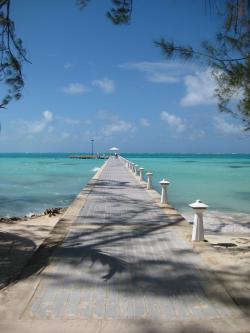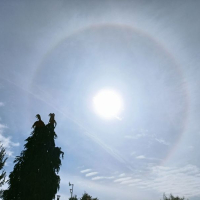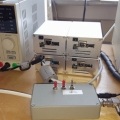jks
About
- Username
- jks
- Joined
- Visits
- 36,739
- Last Active
- Roles
- Member, Administrator, Moderator
- Points
- 670
Reactions
-
Register Kiwi SDR online
If all channels are full you'd have to "kick" a channel via the button on the admin status page to create a free channel for you to connect.
Alternatively, you can reserve one of the channels by setting a user password on the admin security tab and then set "number of channels not requiring a password even if password is set" to 3 (assuming you're using 4-channel mode). Then that channel will always be available for your use. You won't have to actually give the password if you're connecting from the local network.
You could also use the "camp" interface to wait in queue for a free channel to become available if you don't want to permanently reserve a channel and don't want to kick someone. But you will be waiting an arbitrary amount of time in that case. The camp panel appears automatically when you attempt to connect when all channels are full.
It's fine to use the default serial number as the Kiwi name for a publicly listed Kiwi. Lots of people do that.
-
KiwiSDR 2 production status
-
Log to external syslog server
It depends on what you mean by "log" as there are some subtle differences. Not all messages appearing in the admin log tab are recorded in the Linux syslog. The ones prefixed with an "L" are. They should be recorded in /var/log and persist across reboots and power failures. The other ones are interesting but not deemed worthy of taking up filesystem space.
In the past someone did figure out how to do remote syslog recording. I don't know if that had any adverse impact on the Kiwi realtime performance (i.e. causing the audio to break up).
The admin "users" tab never persists across restarts because of how it works.
Random shutdowns are always power supply, or power supply cable, problems (voltage brownout). If we've learned anything in the past 10 years it's that.
-
Settings for colormap
The admin page, config tab, colormap setting only applies if no override exists in browser storage from a previous visit to the particular Kiwi. Usually the first time you visit it (or after a storage/cache clear).
If it's starting with csdr just change it to kiwi on the user WF tab (bottom left colormap tab) which will change browser storage and apply to the next visit.
You can bring up the browser console and check storage to see the actual current setting.
-
What an impressing radio the KiwiSDR really is.







